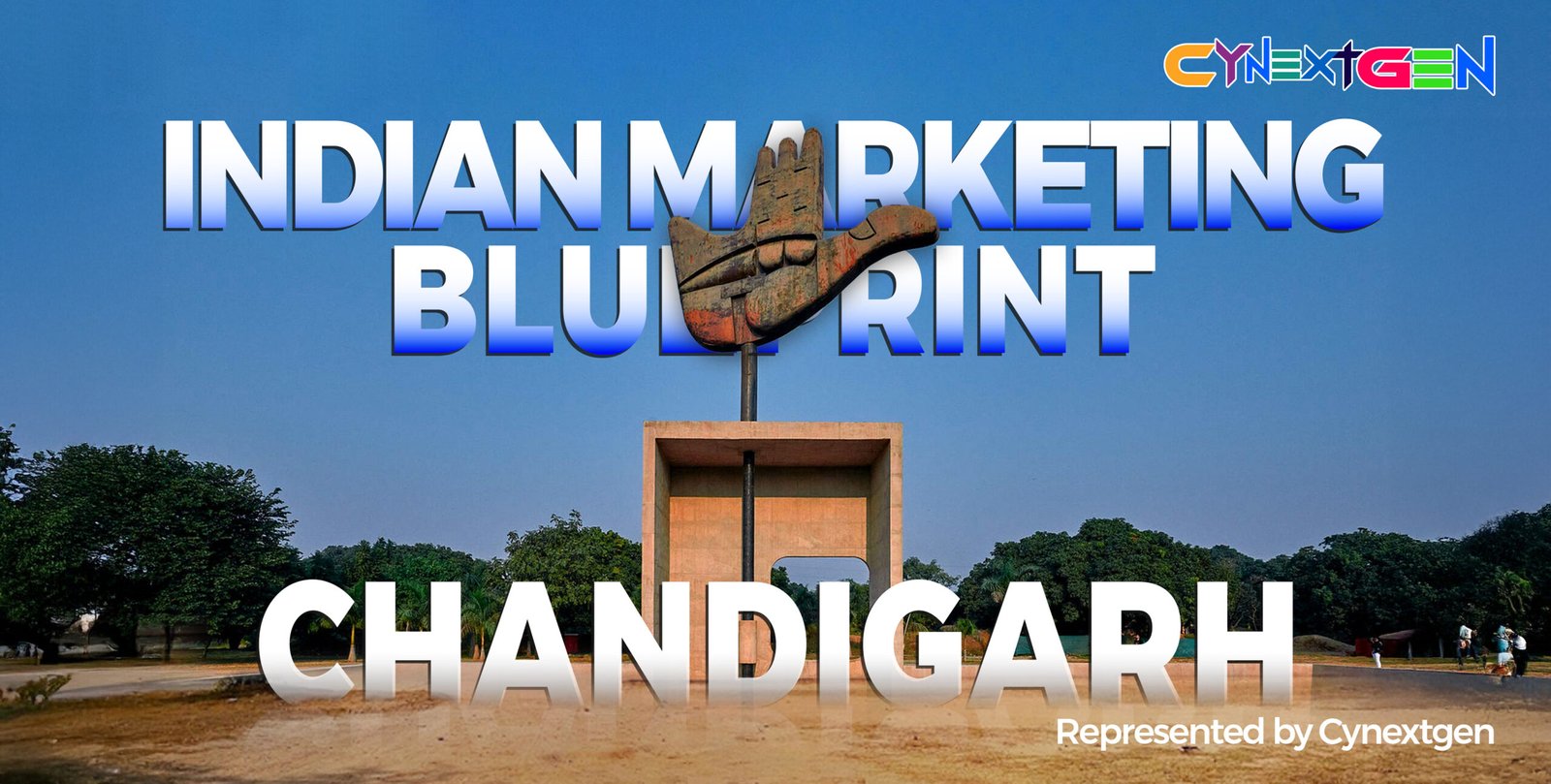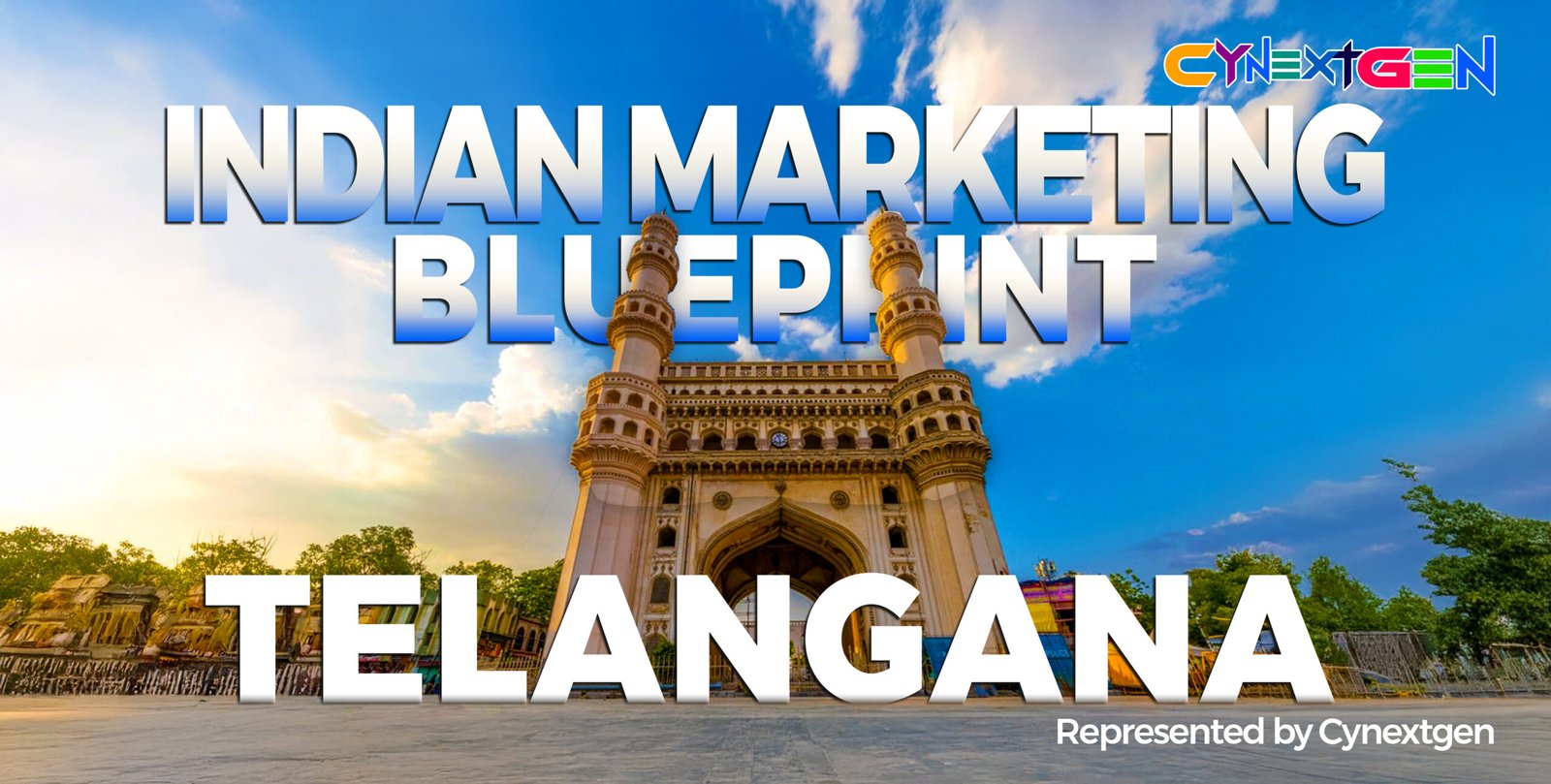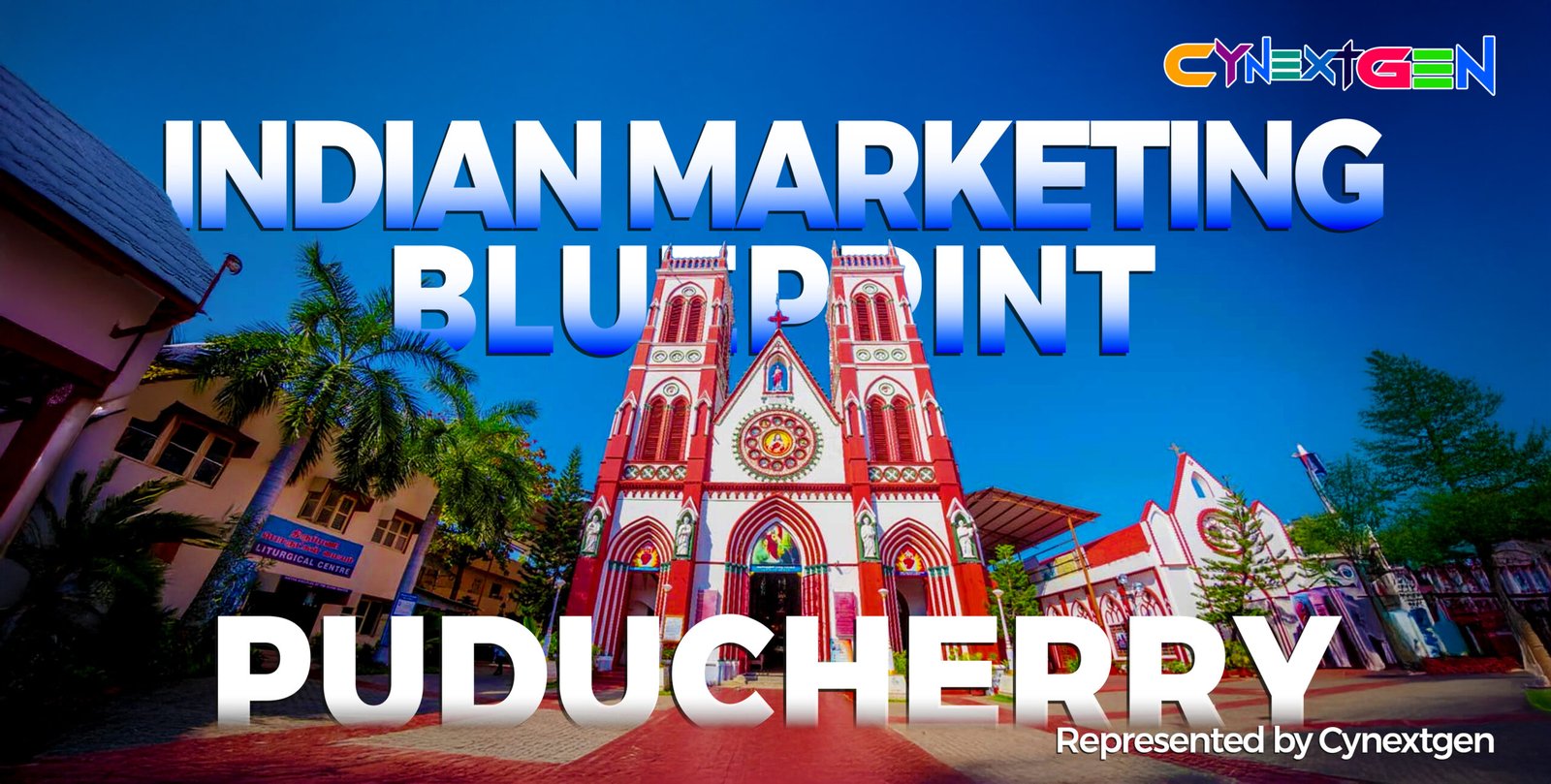
INDIAN MARKETING BLUEPRINT BY CYNEXTGEN AREA – HIMACHAL PARDESH
Last updated on September 18th, 2025 at 08:18 am
Himachal Pradesh has always captured India’s imagination as a land of snow-capped mountains, apple orchards, and spiritual calm. Tourists flock here for serenity, students come here for education, and adventure seekers chase paragliding, trekking, and skiing across its valleys. But behind this scenic postcard is a state quietly rewriting its growth story.
The INDIAN MARKETING BLUEPRINT BY CYNEXTGEN AREA – HIMACHAL PARDESH looks beyond its tourism fame and explores how connectivity, youth aspirations, renewable energy, and digital-first behavior are shaping a new chapter. What emerges is a state that isn’t just surviving the digital wave, it’s riding it with confidence.
The People Behind the Progress
With a population of around 8 million in 2025, Himachal Pradesh is not one of India’s biggest states. Still, it punches above its weight in terms of literacy, gender balance, and digital readiness. Its population is almost evenly divided, around 4 million males and 4 million females, which makes it socially balanced compared to many parts of India.
Unlike metropolitan states, Himachal is still predominantly rural. More than 6.18 million people live in villages, while just 0.69 million live in urban areas. Yet, this rural concentration hasn’t stopped the state from becoming digitally forward. In fact, its internet penetration, at 82%, is among the highest in the country.
Surveys like NFHS 2023–24 highlight how engaged its citizens are: 90% of women and 96% of men reported regular exposure to digital or media platforms. This makes Himachal not just a hill state with strong cultural roots, but also a region ready for digital-first campaigns.
Connectivity in the Hills
It is easy to assume that Himachal’s mountains and valleys make connectivity difficult. Yet, the opposite is true. Mobile data has penetrated deeply, and platforms like WhatsApp, YouTube, and Facebook dominate social behavior. In youth-heavy centers such as Shimla, Dharamshala, and Manali, Instagram and Snapchat are increasingly popular, creating opportunities for targeted digital campaigns.
The state’s digital engagement matters for businesses because it means even remote areas can be reached through online strategies. Whether it’s an FMCG brand promoting seasonal products, a startup encouraging EV adoption, or a tourism firm showcasing local experiences, digital is no longer optional here; it’s essential.
Tourism: The Beating Heart of Himachal
Tourism has always been the foundation of Himachal Pradesh’s economy. In 2024, the state recorded over 180 lakh tourist arrivals, contributing nearly 7.8% of its GDP. Cities like Shimla, Manali, Dharamshala, Kullu, and Spiti serve as gateways to experiences that combine natural beauty with cultural depth.
Adventure tourism is another dimension where Himachal thrives. Bir Billing is globally recognized for paragliding, while Solang Valley attracts skiers during the winter months. Trekking trails through Spiti and Kinnaur, along with monasteries in Dharamshala, give visitors a mix of adrenaline and spirituality. For businesses, this creates opportunities across hospitality, transportation, adventure sports, and food services.
Emerging Industrial Pillars
While tourism dominates the popular narrative, Himachal Pradesh has built strong industrial backbones as well.
Pharmaceuticals have emerged as a flagship sector. With 652 pharma units and an estimated value of ₹40,000 crore, the state supplies medicines and formulations not just across India, but to markets abroad. This manufacturing boom has created jobs, encouraged infrastructure investment, and positioned Himachal as a reliable hub in Asia’s pharma landscape.
Another pillar is renewable energy, particularly hydropower. Himachal has identified 27,000 MW of hydropower potential, with over 10,000 MW already harnessed. There are plans to increase capacity even more with projects like Shongtong-Karcham (450 MW). Alongside hydro, the state is investing in solar power and experimenting with green hydrogen, reinforcing its image as a clean-energy pioneer.
Rising Incomes and Youth Aspirations
The economic numbers tell an optimistic story. In 2024–25, Himachal’s GSDP reached ₹2,32,185 crore, growing at about 10.2% annually. Its per capita income of ₹2.57 lakh reflects steady upward mobility, higher than many neighboring states.
What makes this growth even more meaningful is how it translates to youth spending power. Himachal Pradesh’s youth are aspirational; they desire digital access, greener energy, and improved mobility. The state government’s subsidies for e-scooters for girls, incentives for EV adoption, and solar policies are shaping new consumer behavior. Instead of sticking only to tradition, the youth are experimenting with eco-friendly solutions, online shopping, and modern lifestyles.
Looking Ahead: The EV and Energy Future
Himachal Pradesh has already laid down clear goals through its EV Policy of 2022. The plan includes replacing government fleets with electric vehicles, encouraging e-buses and e-trucks, and setting up charging stations along six green corridors. By supporting 20,000 merit girls with subsidized e-scooters, the policy ensures inclusivity in mobility.
Alongside mobility, energy independence is becoming a priority. Hydropower remains the backbone, but solar farms and green hydrogen pilots are part of the roadmap through 2026. If implemented effectively, these measures could make Himachal a role model for other hill states in balancing the environment with development.
How Brands Can Engage Himachal
Himachal Pradesh may not be a mega-metropolitan market like Delhi or Mumbai, but it offers its own unique opportunities. For brands, success lies in creating localized strategies that respect its their culture while embracing digital touchpoints.
- Digital Reach: WhatsApp, YouTube, and Facebook should be core platforms for mass awareness. Urban kids are better equipped for Instagram and Snapchat.
- Language Sensitivity: Campaigns in Hindi work widely, but adding Pahari dialects builds authenticity.
- Tourism Tie-Ups: Hotels, homestays, and adventure tour operators can serve as brand partners for campaigns.
- Festival Activations: Events like Kullu Dussehra and Mandi Shivratri are ideal for showcasing FMCG products, crafts, and experiential branding.
Campaign Blueprints
Instead of generic ads, brands must think in terms of immersive experiences. Here are formats that work well in Himachal’s landscape:
- EV Roadshows: Pop-up demos at tourist spots and charging corridors, where both locals and travelers can experience electric vehicles.
- Storytelling Films: Documentaries or reels featuring apple farmers, handicraft artisans, and trekking guides help humanize a brand.
- Festival Engagements: Cultural events like Kullu Dussehra can host interactive booths with product sampling, local music tie-ins, and influencer collaborations.
- Nomad Collaborations: With Dharamshala and Bir attracting digital nomads, co-working spaces and retreats can become hubs for targeted campaigns.
Lessons from Success and Failure
Himachal Pradesh has already shown how hyper-local strategies can succeed.
- Success: Apple cooperatives combined agriculture with tourism, offering orchard visits and online sales. By leveraging both culture and technology, they created new income streams for farmers while enriching the tourist experience.
- Failure: On the other hand, FMCG stores that brought generic branding without integrating local tastes or dialects failed to connect with consumers. The lack of cultural alignment made them forgettable in a market where personalization matters.
Festivals as Gateways to Consumers
No discussion of Himachal is complete without mentioning its festivals.
- Kullu Dussehra: A seven-day cultural extravaganza that draws thousands of locals and tourists. Perfect for sampling products and associating with heritage.
- Mandi Shivratri Fair: Equally grand, this festival allows experiential campaigns around food, crafts, and wellness.
- Chamba Minjar and Losar: Smaller, niche festivals with strong local resonance—ideal for heritage storytelling and brand-building.
These events are not just religious or cultural, they are high-energy gathering points where businesses can connect directly with communities.
Conclusion
Himachal Pradesh is a state where heritage meets innovation. Its tourism base provides steady revenue, its pharmaceutical and manufacturing industries give it global relevance, and its renewable energy projects showcase sustainable ambition. With rising youth incomes and digital penetration of over 80%, it is more connected than many larger states.
The INDIAN MARKETING BLUEPRINT BY CYNEXTGEN AREA – HIMACHAL PARDESH demonstrates that real progress comes when culture and technology move together. For brands, the lesson is clear: respect local traditions, communicate in the language of the people, and design campaigns that are experiences rather than just advertisements.





Add Comment